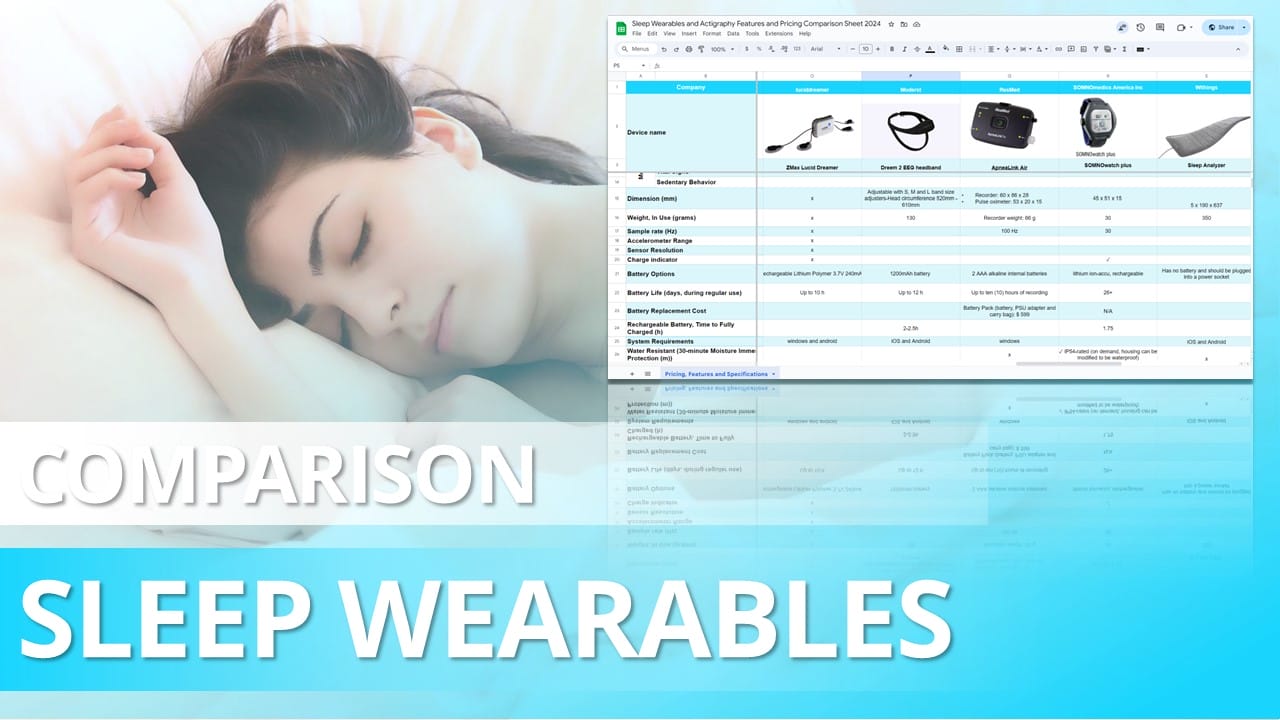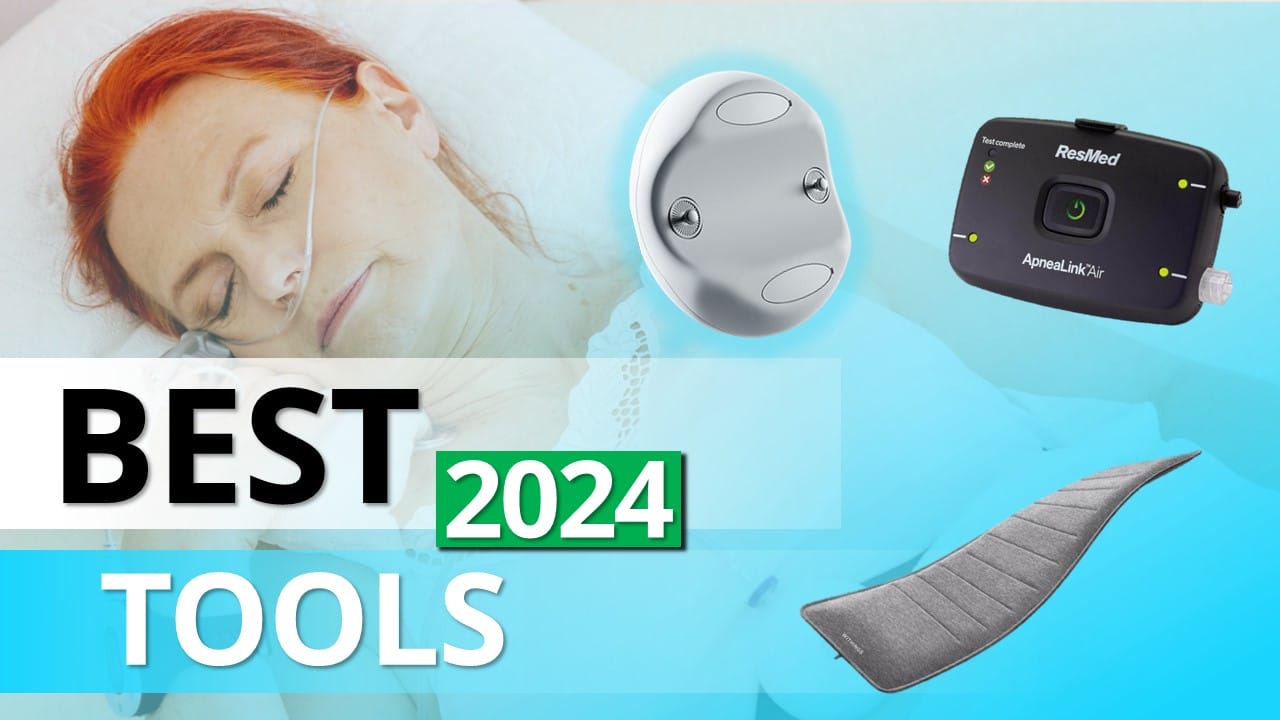How to Access the Comparison Sheet
1. Provide Email: Click here.
2. Receive Link: In a few seconds, you receive an email containing the link to the comparison sheet.
3. Make Informed Choices: Use the sheet to compare and select the sleep wearable or actigraphy device that meets your research needs.

Introduction
In the complex arena of sleep research, particularly in longitudinal studies, choosing the right sleep wearable or actigraphy device is paramount. These studies require tools that not only capture accurate and detailed data on sleep patterns over time but also maintain their reliability and precision. This makes the comprehensive comparison sheet for sleep wearables and actigraphy devices an indispensable resource for researchers.
This guide aims to navigate researchers through the process of selecting the best sleep-monitoring device for their longitudinal studies by leveraging the detailed insights provided by the comparison sheet. This sheet collates crucial information, offering a side-by-side comparison of leading sleep wearable models, their specifications, pricing, and unique features that are crucial for sustained sleep research.
“Selecting the right sleep wearable for long-term studies is about more than accuracy; it’s about consistency and reliability, guided by a detailed comparison sheet.”
Choosing the right device extends beyond technical specifications; it requires a broader understanding of how a device’s features will integrate with the ongoing research demands. Will the device provide consistent performance? How does its battery life or data storage capabilities handle the extended duration of use? These questions and more are addressed by the comparison sheet, laying a solid foundation for making informed decisions.
Selecting an appropriate sleep wearable or actigraphy device is critical, acting as the cornerstone that ensures the integrity and success of longitudinal sleep studies. As technology evolves, keeping informed and making evidence-based choices becomes crucial. Thus, the comparison sheet is not just a tool but a gateway to empowering research with technology that meets the rigorous demands of extensive sleep studies.
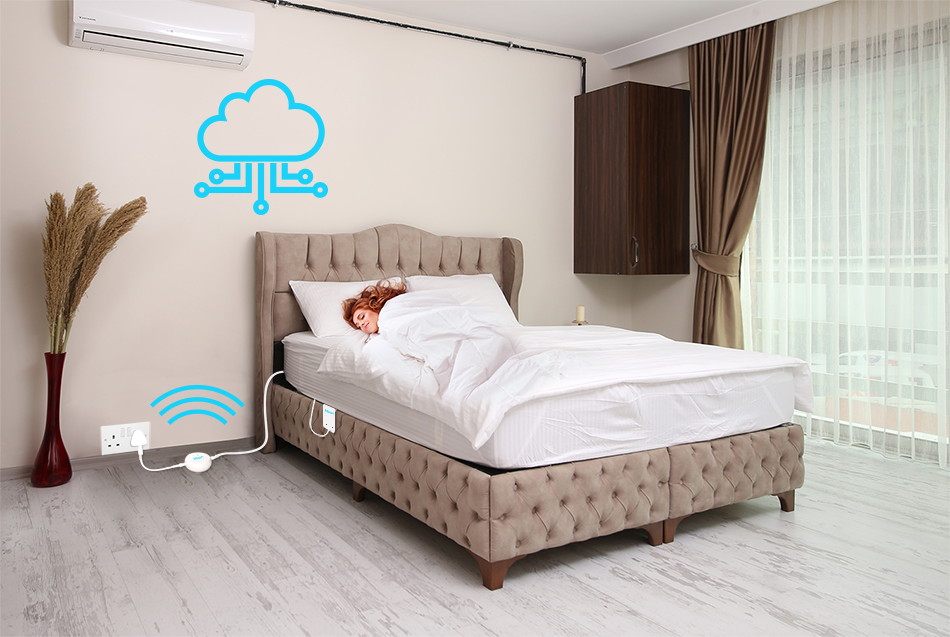
Using the Comparison Sheet to Select the Right Sleep Wearable for Longitudinal Studies
Selecting the optimal sleep wearable for longitudinal studies is a nuanced process that involves matching technical specifications with the unique requirements of sleep research. The comprehensive comparison sheet serves as an invaluable tool in this selection process, providing a detailed overview tailored to long-term sleep studies. Here’s how to effectively utilize the comparison sheet:
Specifications and Features Comparison
When reviewing the comparison sheet, start by examining the specifications and features of each device in the context of a longitudinal sleep study’s needs:
- Sensor Accuracy and Data Reliability: For studies that track sleep stages and disturbances over time, choosing a device with high sensor accuracy is crucial.
- Battery Life: Longitudinal studies require devices with long battery life to minimize the need for frequent recharging, which can disrupt sleep patterns.
- Data Storage and Management: Ample data storage ensures that the device can capture extensive data throughout the study. Cloud storage options are also valuable for easy access and analysis.
“Choose a sleep wearable that matches your study’s requirements—look for enduring battery life, accurate sensors, and robust data management.”
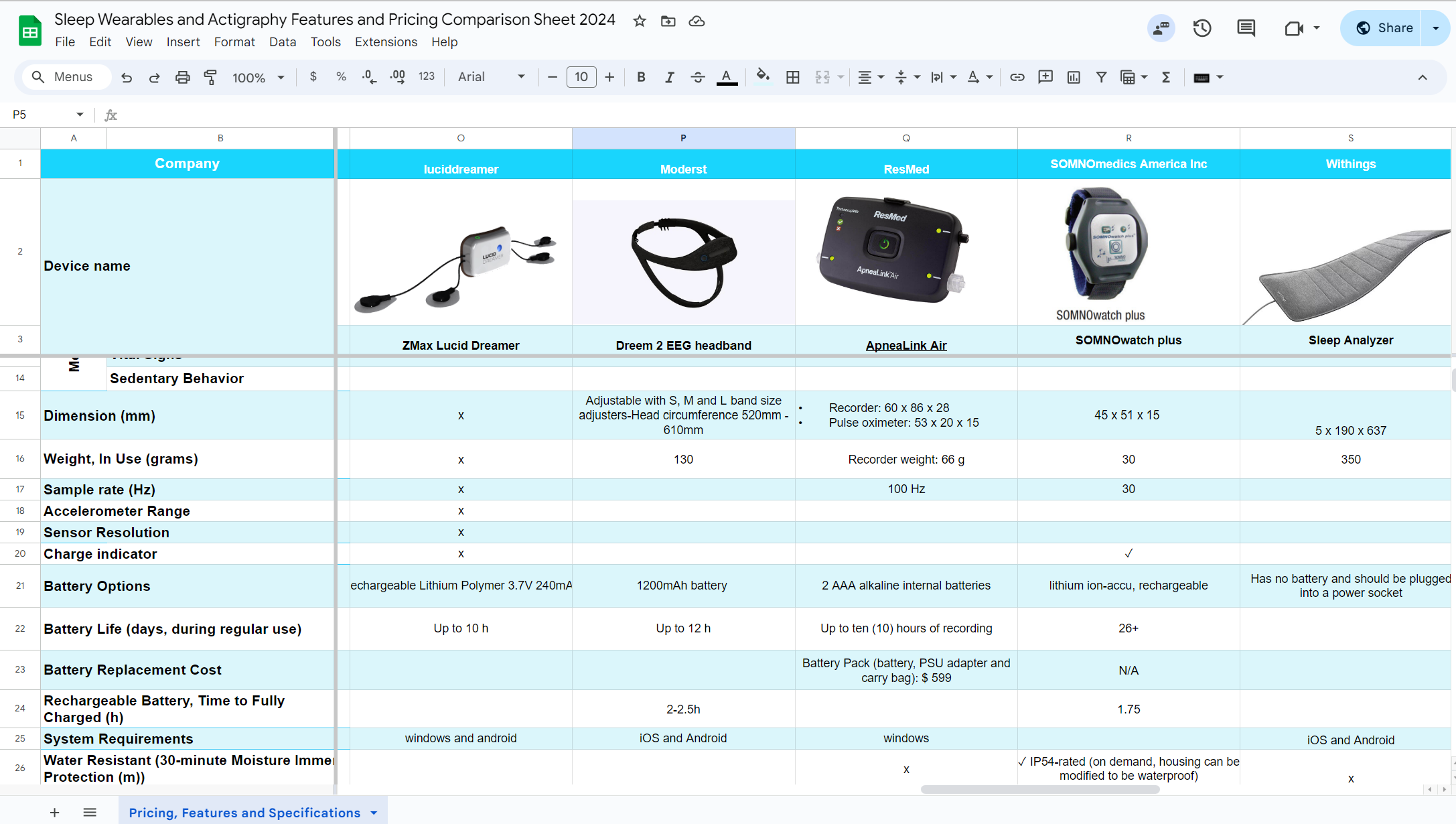
Pricing Comparison of Sleep Wearables
Budget considerations are critical in longitudinal studies. The comparison sheet helps researchers:
- Identify Cost-Effective Options: Compare prices of devices that meet the technical and operational requirements to find cost-effective solutions.
- Assess Long-Term Costs: Evaluate potential long-term costs, such as device replacements and subscription fees for additional services, ensuring the chosen device is economically sustainable throughout the study.
“Balance your budget with needs—find a sleep wearable that’s economical now and remains viable over time, aligning with your study’s long-term goals.”
Identifying the Ideal Sleep Wearable for Your Longitudinal Study
The final step is to synthesize the information from the comparison sheet to select the device that best fits your study’s objectives:
- Align Device Capabilities with Research Goals: Ensure the device’s features support the specific aims of your sleep study.
- Consider Participant Comfort and Compliance: For devices worn during sleep, factors like comfort, size, and non-invasiveness are crucial to ensure participant compliance.
- Future-Proof Your Choice: Opt for a device that can adapt to future expansions or changes in your research scope, providing lasting value.
By thoroughly analyzing the comparison sheet, researchers can navigate the intricate landscape of sleep wearable technology, finding the right tools that not only meet their current needs but also uphold the integrity of their longitudinal studies over time. This careful selection process ensures that the chosen devices positively contribute to the collection of high-quality, reliable data, empowering researchers to uncover meaningful insights into sleep patterns and disorders.
Key Considerations in Sleep Wearable Selection for Longitudinal Studies
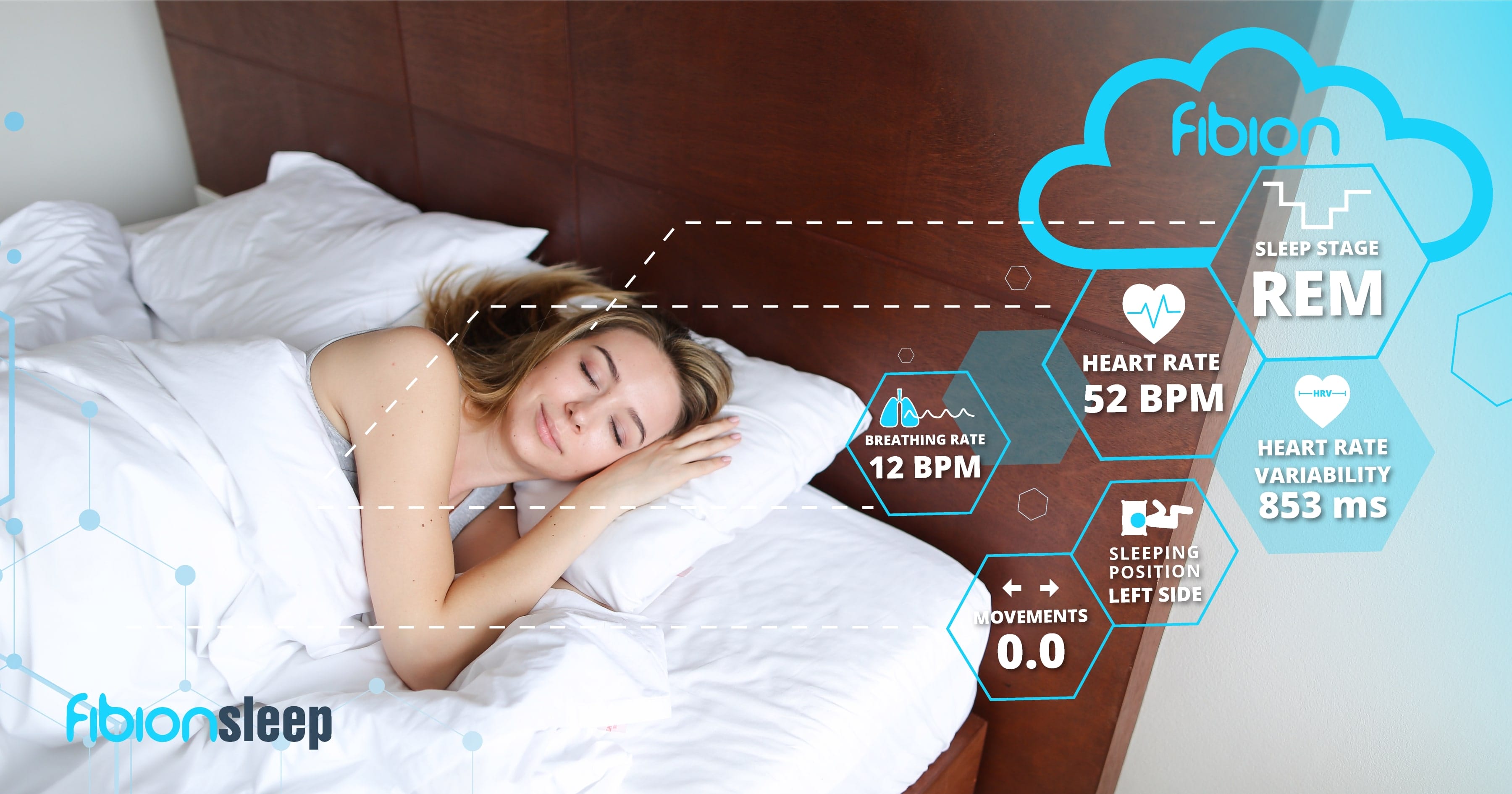
The choice of a sleep wearable or actigraphy device for longitudinal research involves more than just technical specifications. Practical considerations also play a crucial role in ensuring the selected device facilitates rather than complicates data collection over time.
User Experience and Participant Compliance
Longitudinal sleep studies often require participants to wear devices throughout the night for extended periods. Thus, the user experience is key to ensuring consistent and compliant use:
- Comfort and Non-Invasiveness: Devices must be comfortable and non-disruptive to sleep, as discomfort can lead to non-compliance and skewed data.
- Minimal Participant Interaction: Ideal devices operate effectively with little or no input from participants, simplifying the data collection process.
- Long Battery Life: Devices with extended battery life reduce the need for recharging, which can interrupt sleep and study continuity.
- Waterproof Features: Devices that are resistant to water are preferable, as they can withstand exposure to sweat and other moisture without malfunctioning.
These factors collectively influence participant compliance and the quality of data collected, directly impacting study outcomes.
“Select a sleep wearable that’s easy for participants to wear and straightforward for researchers to manage—where comfort meets data integrity for the long haul.”
Ease of Use for Researchers
While participant comfort is essential, practical aspects of device operation, data collection, and analysis from a researcher’s perspective are also crucial:
- Data Access and Management: Devices that allow for easy, secure data access and management facilitate efficient research operations and timely analysis.
- Integration with Analytical Tools: Devices that integrate seamlessly with existing data analysis software ease the technical burden on researchers.
- Remote Configuration and Control: The ability to adjust device settings remotely enhances the efficiency of longitudinal studies, particularly those that are large-scale or geographically dispersed.
- Technical Support and Device Reliability: Reliable devices with strong manufacturer support reduce the risk of data loss and ensure smooth study operations.
“Find devices that integrate well into daily routines and research workflows, ensuring consistent data collection and straightforward analysis.”
By considering both user and researcher needs, the selection process can identify a sleep wearable or actigraphy device that not only meets the rigorous demands of longitudinal sleep research but also addresses the practical realities of such studies. This balanced approach ensures the chosen device supports high-quality data collection, empowering researchers to achieve their study objectives effectively.
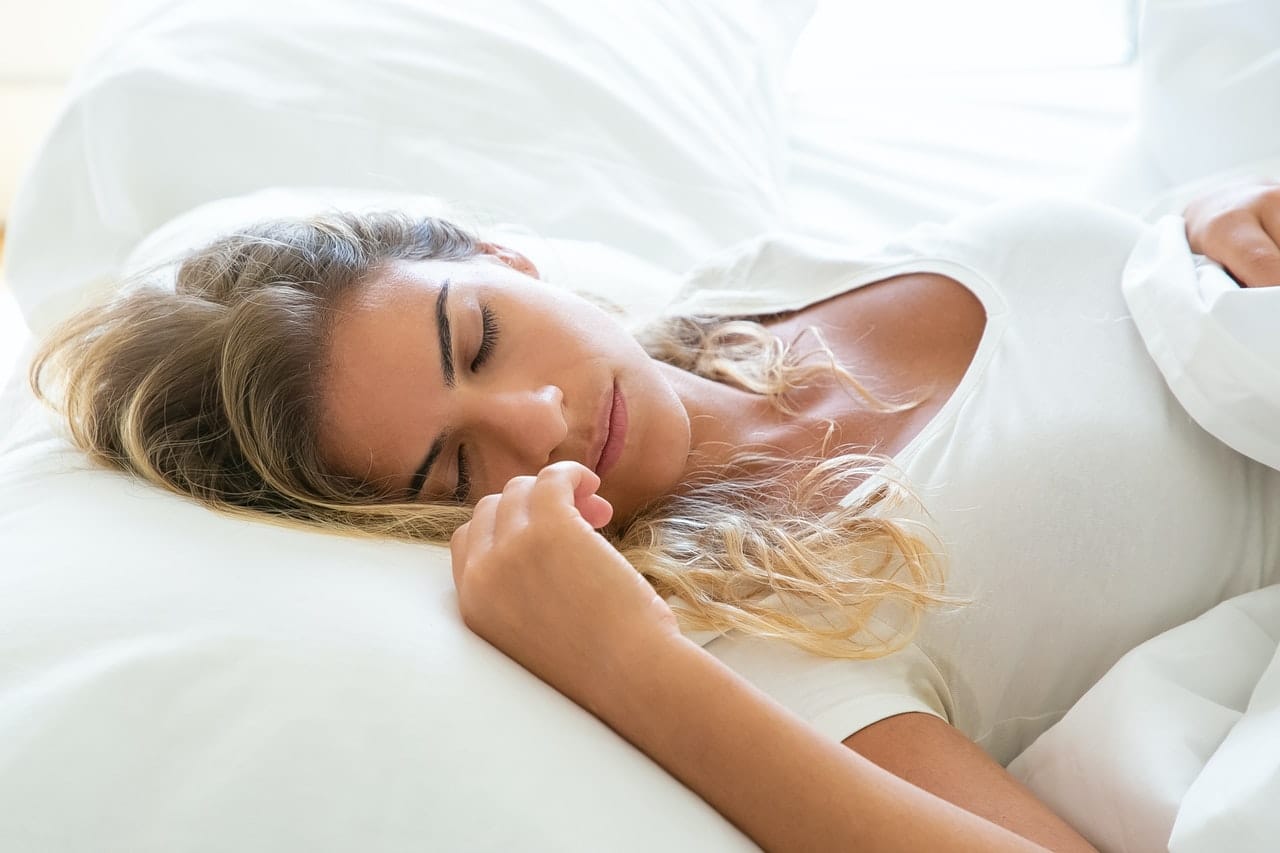
Conclusion: Enhancing Longitudinal Sleep Studies with the Right Sleep Wearable
Selecting the right tools and technologies significantly impacts the success of longitudinal sleep studies. The comprehensive comparison sheet for sleep wearables and actigraphy devices is designed to streamline this selection process, providing detailed, comparative data to aid researchers in making informed decisions. By offering a straightforward method for accessing this resource, we aim to empower researchers, enabling them to enhance the quality and reliability of their data over time.
“Get the right sleep wearable with our easy-access, free comparison sheet—boosting the quality and reliability of your sleep research.”
Our commitment to providing this resource for free, coupled with valuable newsletter content, underscores our dedication to supporting the sleep research community. We understand the challenges of longitudinal sleep studies and strive to offer solutions that alleviate these challenges, allowing researchers to focus on achieving their goals and uncovering new insights.
You Might Also Be Interested
⭐ Best tools to measure sleep at home 2024. Read article here.
📅 Planning research measuring sleep? Book a session with Dr. Olli Tikkanen.
Further Reading and Resources on Sleep Wearables and Actigraphy
To deepen your understanding of sleep wearables and actigraphy and stay updated on the latest trends, technologies, and applications in sleep research, consider exploring the following resources:
- Heart Rate Variability (HRV) in Sleep Research: A comprehensive guide to the use of HRV metrics in sleep studies, offering insights into cardiovascular health during sleep. Read more.
- Analyzing Sleep Patterns through Actigraphy: Dive into the methodologies and best practices for utilizing actigraphy to analyze sleep patterns and rhythms. Learn more.
- Key Methods in Respiration Measurement During Sleep: Discover various techniques used to measure respiration, essential for studies on sleep quality and disorders. Explore further.
- Wearable Monitors in Sleep Apnea Research: Unveil the role of wearable technology in advancing research on sleep apnea, including device accuracy and application. Find out more.
- Comparison of Home Sleep Apnea Research Tools: Address common obstacles and compare different tools used in home-based sleep apnea research. Investigate further.
- Fibion Vitals in Sleep-Disordered Breathing (SDB) Monitoring: Look into how Fibion Vitals is revolutionizing the monitoring of sleep-disordered breathing with cutting-edge technology. Read more.
- Comparing Fibion Vitals and Withings in Home Sleep Apnea Research: Analyze the differences and advantages of Fibion Vitals and Withings devices in the context of home sleep studies. Learn more.
- The Role of Multifunctional Sleep Devices: Explore how multifunctional devices are integrated into sleep studies, enhancing data collection and analysis. Explore further.
- Fibion Vitals vs. Polysomnography (PSG) in Sleep Research: Compare the effectiveness and convenience of Fibion Vitals against traditional PSG techniques in sleep research. Find out more.
Frequently asked questions:
What makes a sleep wearable suitable for longitudinal sleep studies? +
For longitudinal sleep studies, a suitable wearable should offer high sensor accuracy, long battery life, and ample data storage to handle extended monitoring periods effectively.
Why is battery life crucial in sleep wearables used for longitudinal studies? +
Long battery life minimizes the need for frequent recharging, which is essential to avoid disrupting the natural sleep patterns of study participants over the study’s duration.
How does data storage capacity affect the choice of a sleep wearable for long-term research? +
Adequate data storage ensures that all necessary data can be captured and stored over the length of the study without the need for frequent data offloading, which can be disruptive and impractical.
What role does the comparison sheet play in selecting sleep wearables for longitudinal studies? +
The comparison sheet provides detailed side-by-side comparisons of different models’ specifications, pricing, and features, aiding researchers in making informed decisions that meet the specific needs of their longitudinal studies.
How do comfort and wearability affect participant compliance in longitudinal sleep studies? +
Comfort and non-invasiveness are vital for ensuring participant compliance, as devices that are uncomfortable or intrusive can lead to skewed data or dropout from the study.
What considerations should be made for future-proofing sleep wearables in longitudinal studies? +
Selecting devices that can adapt to future changes in research scope and technology ensures long-term value, avoiding the need for frequent upgrades or replacements as study parameters evolve.

